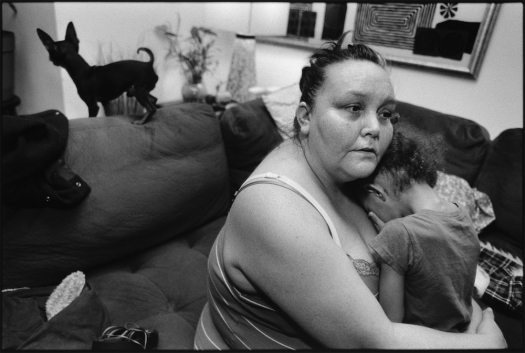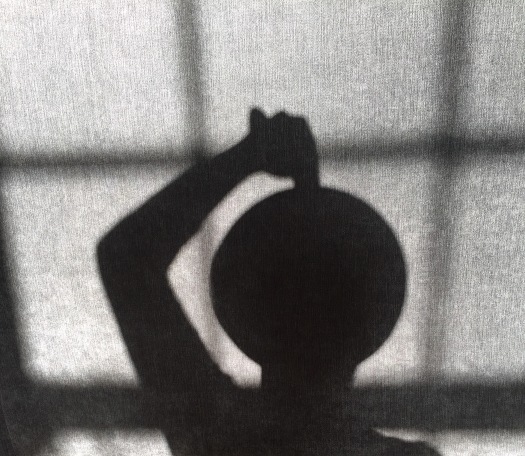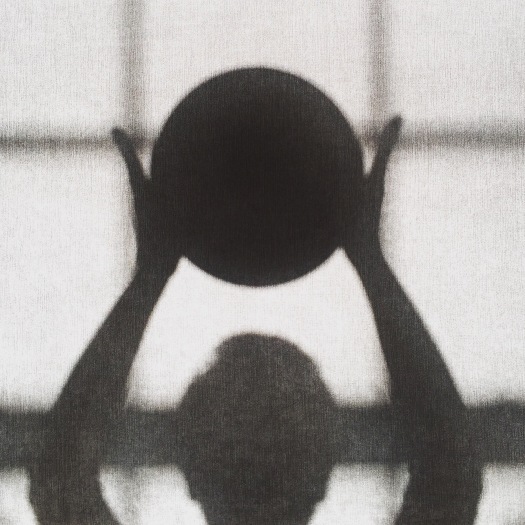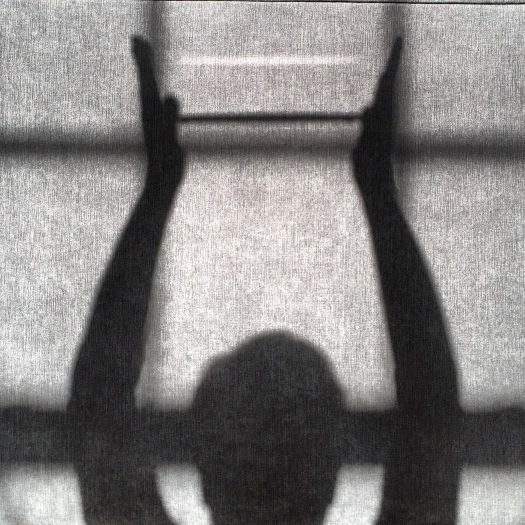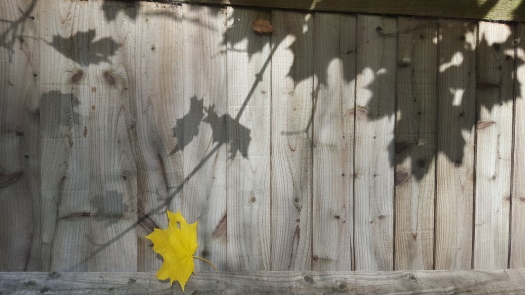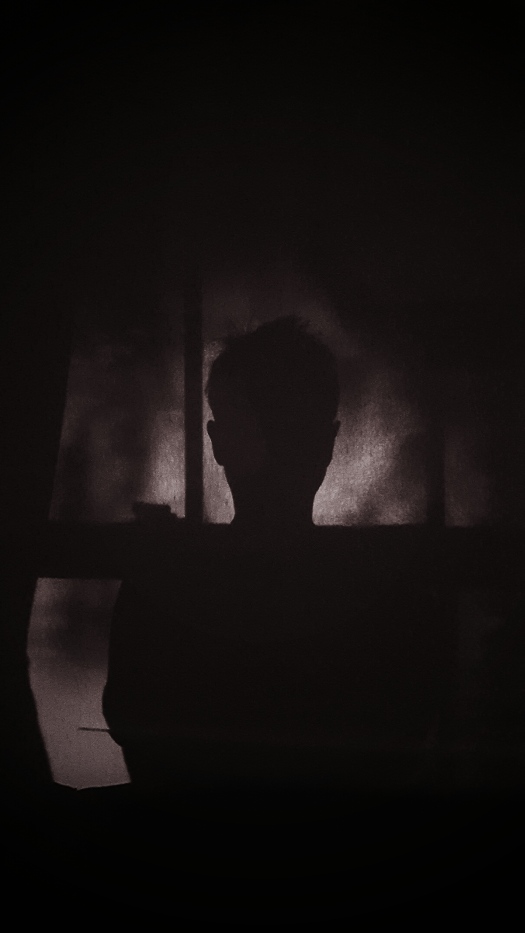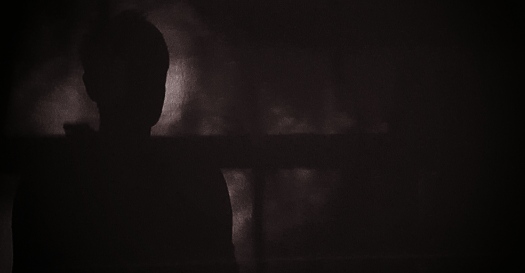Update on Business Card project 30 March 2016.
So we all had a group critique on our cards that we had developed so far. Mine were narrowed down to one (which I had done in a variety of colours) being deemed the most suitable. Feedback; “Why have you put Hello on them?” I thought it looked good and I had seen them on other cards. “It doesn’t really, looks too playful and you need to be taken seriously.” “Don’t like the font really either.” OK! It’s always good to have feedback though!
Following this I made a few revisions, including one with a QR code on which takes you directly to my website when you scan it on your phone, but I have also done a card without it as I think it may ruin the aesthetic and am not to sure if it’s really necessary.
February 2016
I have been designing some mock business cards for professional development project purposes. I love this sort of thing anyway and I find the designing and research interesting. There are some great sites that produce card templates which you can either use for inspiration or just design your own from scratch; http://www.moo.com and http://www.banana-print.co.uk. I have used both sites for the cards exampled below. Designs range from the normal average size card format to square, mini, round edge, square edge, postcards, there are many ways to let your creative wildness flourish, or just keep it simple if that’s what you like.
Some might say that business cards have had their day now that use of LinkedIn, social media and smartphones are capable of networking and storing unlimited numbers of contacts. Innovative and design savvy cards can still make you standout in a saturated market. At the end of the day you want to represent what you do and your style all it takes is a glimpse of your “golden ticket”.
The most important information though is obviously your name, contact details, email/ web site and any other social media additions, then a myriad of other design aspects. I think the next item on your design agenda should be the font you choose. QR codes that lead straight to your website or sign up form when scanned seem to be quite popular but take up valuable space should your images be your priority, all depends how tech savvy you want to be.
Questions to think of;
Do I add a picture? After all I am a photographer and want to promote my business, what image do I use? Do I use more than one? Moo Print Ltd let you select 5 designs for one side of your card so you could tailor your distribution towards the clients needs. This would enable you to have a wider target audience particularly if you were quite diverse and not in a particularly niche market of photography. Of course you don’t always have to have a picture, if you have a strong simple design this can be just as effective.

What paper? This could be the first contact you have with a client and that old adage of “first impressions count” would be appropriate to use. The client will be able to feel the paper’s texture so good quality paper is very important because the last thing you want your business card to be is cheap and flimsy. Also, the quality of printing will be greatly affected on the quality of the paper. If you are printing at home, you can use specialty papers that can also easily be cut with clean edges; you don’t want badly cut, wonky cards.

Size and shape? As I mentioned above, cards come in various shapes and sizes; traditional, square, mini, postcard. A different shape altogether is another way to add uniqueness to your design, customised into any shape you like, although thought should be given to the shape and how large or small your cards are. You don’t want them to get folded or bent out of shape, be so large they can’t be stored adequately or get lost in someone’s personal effects. Die-cuting is a cool way of individualising a card, an appropriately placed cut, particularly if you had a logo, looks great.

Texture? I love a bit of texture, if a card was given to me and it was touch sensitive then I would keep it. Adding texture to your business card can make it look a lot more special. If you can afford it splash out but it depends how much you want to spend as the price will go up that’s for sure . If you are home printing you can keep the costs a bit lower as you can use textured papers, or you could just have a picture of an image with good texture.
I may not go so far as to order 100’s of cards just yet!!! but I will have some fun designing and researching a variety of cards in the meantime until I come up with the ultimate card!













































